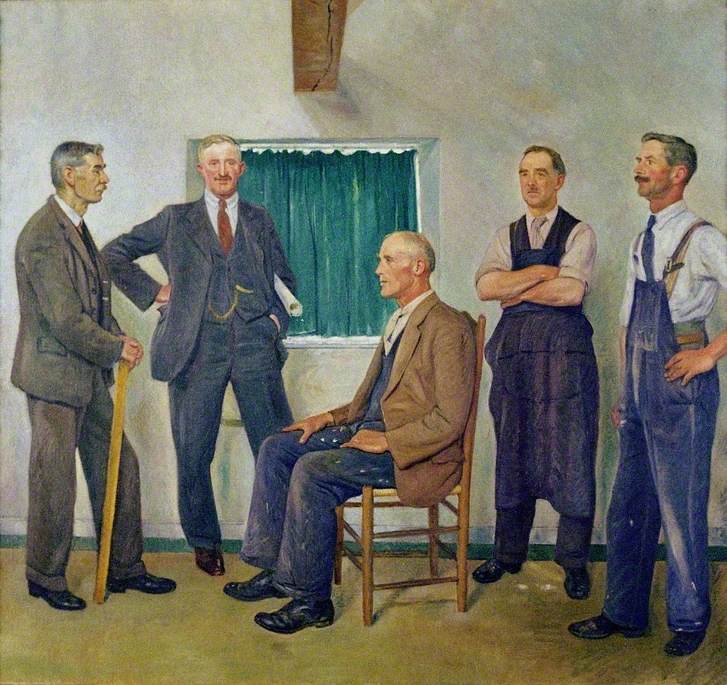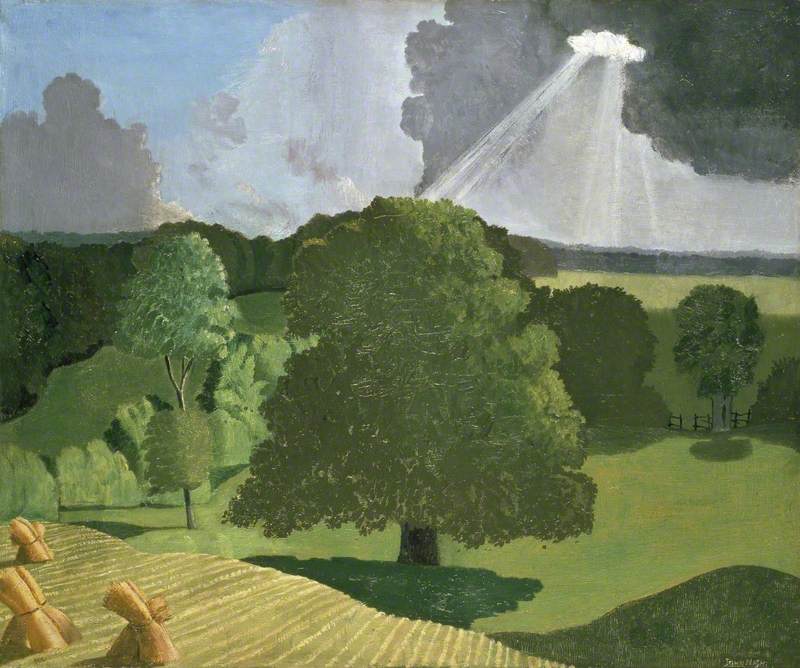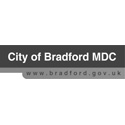William Rothenstein was born into a Jewish family in Bradford, West Yorkshire and studied at the Slade School of Art (his teachers included Alphonse Legros) and in Paris, where he met and was encouraged by James McNeill Whistler and Edgar Degas. He was a friend of caricaturist and parodist Max Beerbohm. Rothenstein became known for his portrait drawings of famous individuals and was an official war artist in both World War I and World War II. He was a member of the International Society of Sculptors, Painters & Gravers.
Rothenstein maintained a lifelong fascination for Indian sculpture and painting, and in 1910 set out on a seminal tour of the Subcontinent's major artistic and religious sites. This began with a visit to the ancient Buddhist caves of Ajanta, where he observed Lady Christiana Herringham and Nandalal Bose making watercolor copies of the ancient frescoes; and ended with a stay in Calcutta, where he witnessed the attempts of Abanindranath Tagore to revive the techniques and aesthetics of traditional Indian painting.
Rothenstein was Principal of the Royal College of Art from 1920 to 1935, where he encouraged figures including Jacob Epstein, U Ba Nyan, Henry Moore and Paul Nash. He wrote several books, including English Portraits (1898) and the autobiographical volumes, Men and Memories. He was knighted in 1931.
William Rothenstein was the father of art historian Sir John Rothenstein, who was the director of the Tate Gallery from 1938 to 1964, and the highly respected British printmaker Michael Rothenstein, whose divorce from Duffy Ayers caused a major controversy in British society.
Sir William Rothenstein, photo by George Charles Beresford, 1920
Rabindranath Tagore dedicated his Nobel Prize winner poetry collection Gitanjali to William Rothenstein.
With thanks to artbiogs.co.uk
Biography from Liss Llewellyn






























